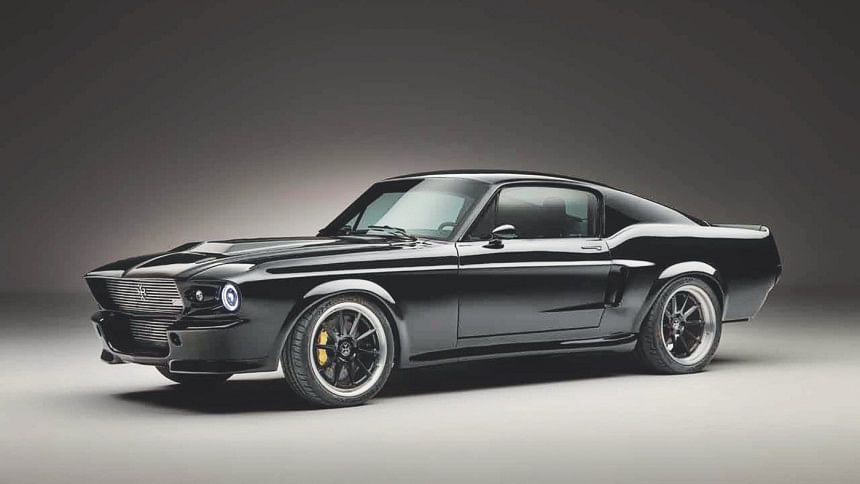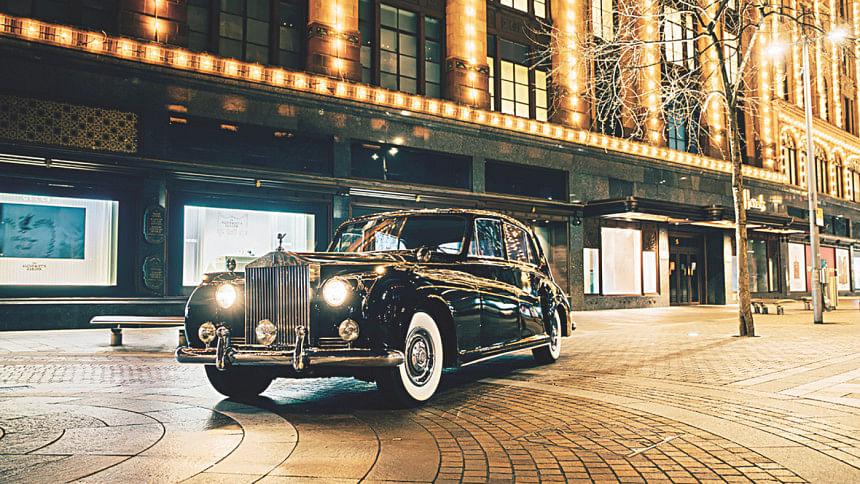Classics cars with an EV twist

One thing all car enthusiasts can agree on is that classic cars look like nothing else currently on the road. They feature design cues and styling that are simply impossible to replicate at present due to modern safety standards. Some people wish to have a classic Mustang because they stand out from the crowd and also look good when they eventually plow through the aforementioned crowd. Regardless of their views, most people realise that most (if not all) classic cars are maintenance nightmares. Some cars feature such engineering dead ends that to fix them, you need to find a mechanic that dabbles in alchemy. All in all, a classic car with a troublesome drivetrain can make a novice enthusiast hate cars for the rest of their life.
So what is the solution? The easiest is to swap the car’s old engine with a new one. While this works and is quite popular among the restomod community, this does mean the car still needs regular maintenance and comes with their unique set of gremlins.

In recent years, the practice of replacing troublesome running gears of great looking classics with electric drivetrain—effectively converting them to EV spec—has become quite popular.
There is now a California-based company called Electric GT that professionally doses these kinds of swaps. Their first conversion, a 1978 Ferrari 308 GTS, had its destroyed 2.9-liter carbureted V-8 replaced by electric motors. The electric prancing horse now laps its ICE counterpart without spontaneously combusting.
On the other side of the ocean, a UK company Lunaz Design has electrified a Rolls Royce Phantom V. The electric drivetrain improves on the Rolls promise—the clock is really the only thing you hear at 65 MPH.

For track enthusiasts, Toyo recently displayed a 700Hp 1977 Porsche 911 that had its venerable flat-six replaced with a Tesla electric motor.
Still, many enthusiasts think that modifying a classic car is wrong. Some consider it sacrilege while others think it “botched” the car. Charge Car, another British Startup, sidesteps this argument by building their EV conversion on brand new licensed-build 1967 Mustang shells. These practically new cars make around 536 Hp and have an eye watering price tag of $381,000. And therein lies the problem.

Purist sentiments aside, the key reason classic EV conversions are rare is the cost. The Lunaz Phantom will cost around $450,000, same as their converted Jaguar XK120. For Electric GT conversions, the motor alone can cost anywhere from $2,000 to $20,000. With all that said, EV and battery technology are still at their infancy. And as with all new technologies, it will get cheaper as it matures.

 For all latest news, follow The Daily Star's Google News channel.
For all latest news, follow The Daily Star's Google News channel. 



Comments